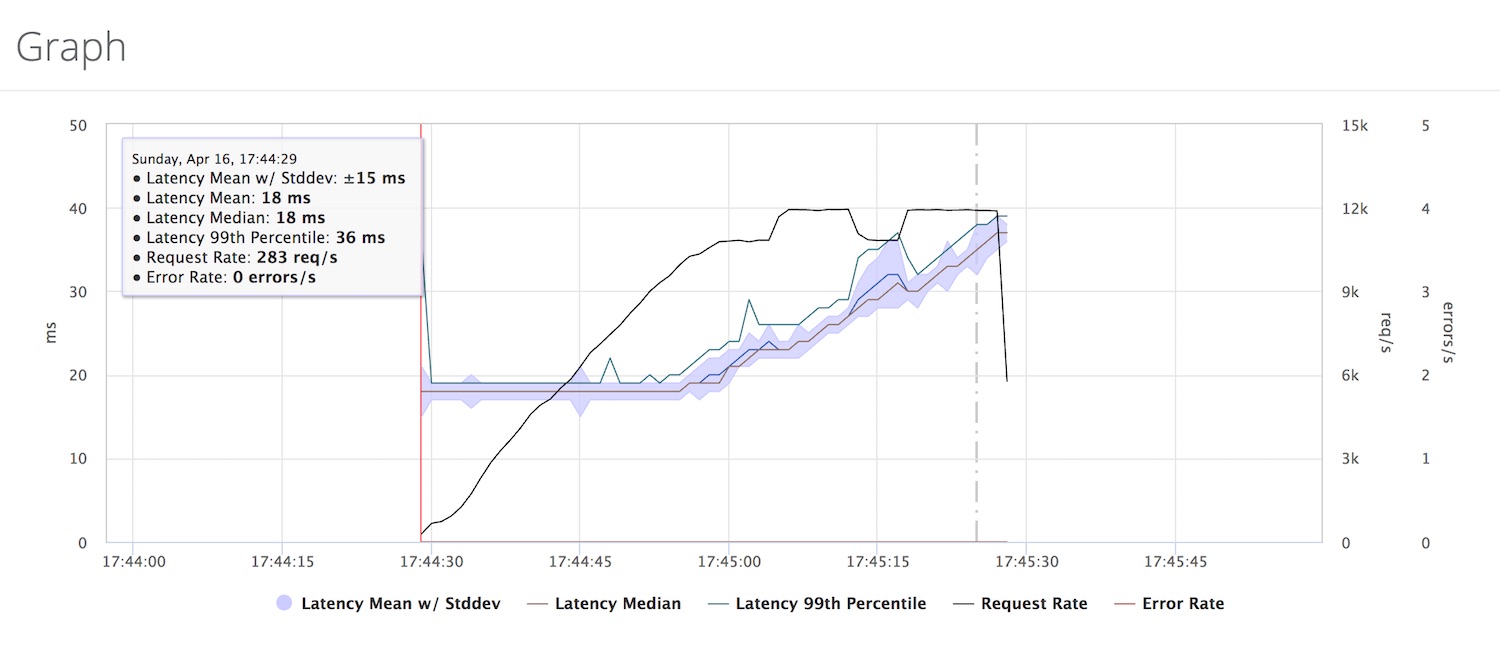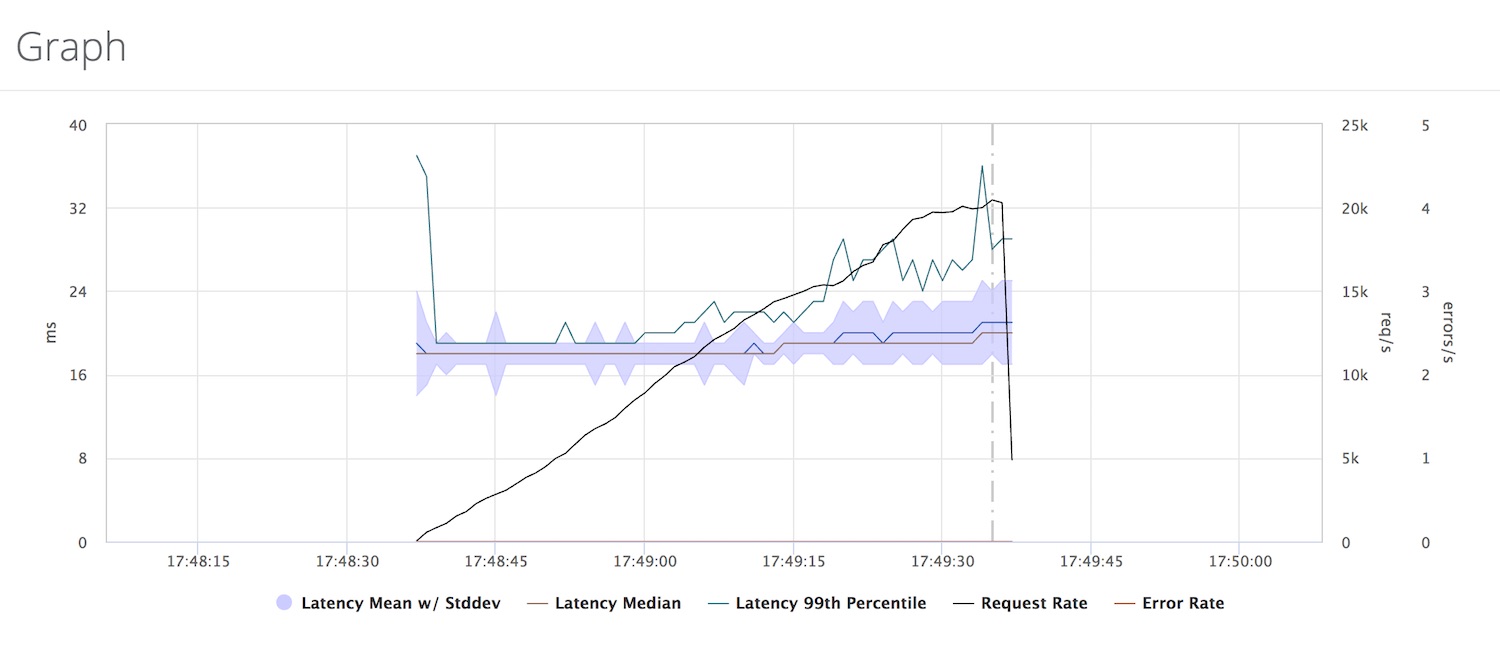April 13, 2017
Web Services with Rust Part 1: Exploring Hyper
A while ago I have turned my head towards Rust for developing Web Services. Rust’s design in my opinion hits a sweet spot between ease of development and runtime efficiency, especially doing away with a garbage collector.
Recently sophisticated support for future-based, async, and reactive programming has been added to the Rust ecosystem; putting together in the Tokio project some of the most intriguing designs I have come across so far.
In addition, the hyper Web server is being refactored to natively work with the async and reactive mechanics provided by Tokio. This work is very closely aligned with the work on Tokio, making for a very promising HTTP toolkit roadmap.
All in all, this feels a lot like the more lightweight, less bloated alternative to all I like about Akka-HTTP, that I have been hoping for for quite some time now.
As sugar on top there are several very interesting developments in related topics, such as lock free data structures (also see Lock-freedom without garbage collection) and Actors. I think there are lots of opportunities here for Web programming in constrained environments or for reducing resource consumption in the micro services world to avoid micro services eating up macro Euros of cloud computing budgets.
In this series of blog postings we’ll explore how to build Web services with hyper, focusing primarily on non functional aspects such as using thread pools with Tokio and hyper, sharing state across requests, or running background activities. I think that while Rust forces you to be very close to many details of async and multi threaded programming it and its existing and upcoming libraries make up for that with quite gentle programming abstractions. Personally, I am willing to deprive myself from JVM and go runtime magic, humbly embrace the resulting learning curve, and hopefully end up with, for one thing, smaller, faster, and cheaper deployables at sufficient development speed. Not to mention the joy of the functional programming style…
Having said that, let’s dive right in.
Minimal, Single-Threaded Server (No Shared State, No I/O)
The most simple server to run based on hyper is a single-threaded server that does not involve shared state or blocking calls. We’ll just use the echo server example from the hyper repository.
To get some rough idea about the performance impact of our forthcoming modifications we’ll use a simple testing setup using a 4 core 2.4 GHz, 8GB RAM, 1Gbps bare metal server offered by Packet and Stormforger to put substantial stress on the Web servers. Test server and load generators are both located in continental Europe.
The first test runs with the example server capped around 10k req/s without CPU exhaustion. I added some CPU-bound work to the server, simulating, for example, template rendering activities you might have in a real Web server and had to experiment with the load test settings to get to a point where I could drive the server to the limit in a controlled way.
The work simulation looks like this
1
2
3
4
5
6
7
8
9
10
11
12
13
fn cpu_intensive_work() -> String {
let mut y = "X".to_string();
for x in 0..100 {
y = format!("Value: {}", x);
}
let address = Address {
street: "10 Downing Street".to_owned(),
city: y.to_owned(),
};
let j = serde_json::to_string(&address).unwrap();
return j;
}
The server code I compiled as a statically linked executable for Linux (resulting in 4.5 MB).
The Stormforger load test looks like this:
definition.setTarget("[host:port]");
definition.setArrivalPhases([
{
duration: 60,
rate: 8.0, // clients per second to launch
max_clients: 500,
},
]);
definition.setTestOptions({
cluster: { sizing: "small", },
});
definition.session("Load Test 1", function(session) {
session.forEver(function(context){
context.get("/data", { tag: "root" });
});
});
With that I was able to get about 6000 req/s out of the server before seeing the 99th percentile latency degrading. modifying the simulated work showed corresponding variations in req/s numbers so I am now sure I am not hitting any unwanted capacity limits.
Now that we have a baseline, let’s see what happens if we involve multiple cores.
Minimal Multi-Threaded Server (No Shared State, No I/O)
Running our server on multiple threads (and thus potentially cores) requires some changes to the approach towards server startup. As there is not yet any shared state between the individual requests we can spawn the threads independently, reusing the listening socket for each handler thread. This can be done with a combination of the net2 and tokio-core libraries and under the hood uses the operating system’s SO_REUSEPORT feature.
Here is the interesting part of the code:
fn serve(addr: &SocketAddr, protocol: &Http) {
let mut core = Core::new().unwrap();
let handle = core.handle();
let listener = net2::TcpBuilder::new_v4().unwrap()
.reuse_port(true).unwrap()
.bind(addr).unwrap()
.listen(128).unwrap();
let listener = TcpListener::from_listener(listener, addr, &handle).unwrap();
core.run(listener.incoming().for_each(|(socket, addr)| {
protocol.bind_connection(&handle, socket, addr, Echo);
Ok(())
})).unwrap();
}
fn start_server(nb_instances: usize, addr: &str) {
let addr = addr.parse().unwrap();
let protocol = Arc::new(Http::new());
{
for _ in 0..nb_instances - 1 {
let protocol = protocol.clone();
thread::spawn(move || serve(&addr, &protocol));
}
}
serve(&addr, &protocol);
}
fn main() {
start_server(2, "0.0.0.0:8080");
}
Check out the full source code.
This version (using two threads) should give us roughly twice the throughput - let’s run the same test setup and meanwhile take a look at the graph from the single-threaded setup. It nicely shows how at 6k req/s the latencies start to increase, thereby capping the throughput at these 6k.

There, the result came back from the 2-threaded setup and (relief :-) just what we expected: the server is now giving us about 11k req/s and I indeed saw exactly two CPUs being saturated. Nice!

Next up is a 4-threaded version (on the 4 core machine) - will we be able to double again?
Yes, I am seeing the 4 cores being saturated and the latencies remain pretty ok until about 20k req/s.

Yes, the 99th percentile rises somewhere around 15k, but for this initial verification that what I am doing makes some sort of sense the result is sufficient.
As a side note: 20k req/s at $ 0.05/h for the server gives roughly 72 million req/h at 5 cents…
So much for getting out feet wet with Rust, hyper and Tokio and for establishing a baseline for comparing future variations. Next up I’ll look into a variant running on a Tokio-managed thread pool and how to share state across request handling threads (for example for rate limiting, metrics collection, logging).